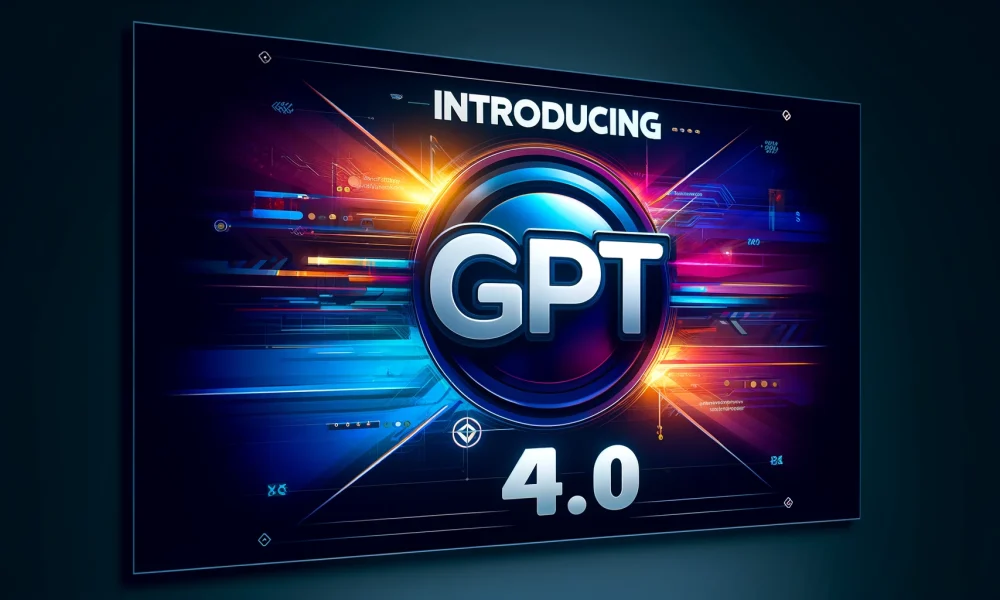Enhancing Retrieval Augmented Generation with Two-Stage Retrieval and Rerankers
In the realm of natural language processing (NLP) and information retrieval, the efficient retrieval of relevant information is crucial. As advancements continue to unfold in this field, innovative techniques like two-stage retrieval with rerankers are revolutionizing retrieval systems, especially in the context of Retrieval Augmented Generation (RAG).
Diving deeper into the intricacies of two-stage retrieval and rerankers, we explore their principles, implementation strategies, and the advantages they bring to RAG systems. Through practical examples and code snippets, we aim to provide a comprehensive understanding of this cutting-edge approach.
Unpacking the World of Retrieval Augmented Generation (RAG)
Before delving into the specifics of two-stage retrieval and rerankers, let’s revisit the concept of RAG. This technique extends the capabilities of large language models (LLMs) by granting them access to external information sources such as databases and document collections.
The RAG process typically involves a user query, retrieval of relevant information, augmentation of retrieved data, and the generation of a response. While RAG is a powerful tool, challenges arise in the retrieval stage where traditional methods may fall short in identifying the most relevant documents.
The Emergence of Two-Stage Retrieval and Rerankers
Traditional retrieval methods often struggle to capture nuanced semantic relationships, resulting in the retrieval of superficially relevant documents. In response to this limitation, the two-stage retrieval approach with rerankers has gained prominence.
This two-step process involves an initial retrieval stage where a broad set of potentially relevant documents is retrieved swiftly, followed by a reranking stage that reorders the documents based on their relevance to the query. Rerankers, often neural networks or transformer-based architectures, excel in capturing semantic nuances and contextual relationships, leading to more accurate and relevant rankings.
Benefits Galore: Two-Stage Retrieval and Rerankers
The adoption of two-stage retrieval with rerankers offers several advantages in the realm of RAG systems. These benefits include:
– Enhanced Accuracy: Prioritizing the most relevant documents improves the precision of responses generated by the system.
– Mitigation of Out-of-Domain Issues: Domain-specific data training ensures relevance and accuracy in specialized domains.
– Scalability: Leveraging efficient retrieval methods for scaling while reserving intensive reranking processes for select documents.
– Flexibility: Independent updates and swaps of reranking models cater to the evolving needs of the system.
ColBERT: A Powerhouse in Reranking
ColBERT (Contextualized Late Interaction over BERT) stands out as a stellar reranking model, incorporating a novel interaction mechanism known as “late interaction.” This mechanism optimizes retrieval efficiency by independently encoding queries and documents up until final stages, enhancing the performance of deep language models.
Furthermore, techniques like denoised supervision and residual compression in ColBERTv2 refine the training process, reducing the model’s footprint while retaining high retrieval effectiveness.
Taking Action: Implementing Two-Stage Retrieval with Rerankers
Transitioning from theory to practice, embedding two-stage retrieval and rerankers into a RAG system involves leveraging Python and key NLP libraries such as Hugging Face Transformers, Sentence Transformers, and LanceDB.
The journey begins with data preparation using popular datasets like “ai-arxiv-chunked” and involves chunking text for efficient retrieval.
For initial retrieval, employing Sentence Transformers and LanceDB for vector searching is imperative, followed by reranking using ColbertReranker for reordering documents.
Subsequently, augmenting queries with reranked documents and generating responses using transformer-based languages models like T5 from Hugging Face Transformers demonstrate how these techniques bridge theory and application seamlessly.
Advanced Techniques and Considerations for Optimal Performance
For those seeking to elevate their retrieval systems further, embracing query expansion, ensemble reranking, fine-tuning rerankers, iterative approaches, diversity balance, and appropriate evaluation metrics will strengthen the efficacy and robustness of the implemented strategies.
In Conclusion
RAG, augmented by two-stage retrieval and rerankers, presents a formidable arsenal in the quest for enhanced information retrieval capabilities. The seamless integration of fast retrieval methods and sophisticated reranking models promises more accurate, relevant, and comprehensive responses, elevating the performance of language models in generating responses.
1. What is the Power of Rerankers and Two-Stage Retrieval approach for retrieval augmented generation?
The Power of Rerankers and Two-Stage Retrieval approach combines two techniques to enhance the generation of relevant information. Rerankers are used to reorder the retrieved documents based on their relevance to the input query, while two-stage retrieval involves querying a larger dataset in the first stage and then selecting a subset of relevant documents for further processing in the second stage.
2. How does the Power of Rerankers and Two-Stage Retrieval approach improve the quality of generated content?
By using rerankers to reorganize the retrieved documents in order of relevance, the Power of Rerankers approach ensures that only the most relevant information is used for generation. Additionally, the two-stage retrieval process allows for a more thorough exploration of the dataset, ensuring that all relevant documents are considered before generating the final output.
3. Can the Power of Rerankers and Two-Stage Retrieval approach be applied to different types of information retrieval tasks?
Yes, the Power of Rerankers and Two-Stage Retrieval approach can be applied to a variety of information retrieval tasks, including question answering, summarization, and document generation. The flexibility of this approach makes it a powerful tool for enhancing the performance of any retrieval augmented generation system.
4. How does the Power of Rerankers and Two-Stage Retrieval approach compare to other retrieval augmented generation techniques?
The Power of Rerankers and Two-Stage Retrieval approach offers several advantages over other techniques, including improved relevance of generated content, better coverage of the dataset, and increased overall performance. By combining rerankers and two-stage retrieval, this approach is able to leverage the strengths of both techniques for optimal results.
5. Are there any limitations to using the Power of Rerankers and Two-Stage Retrieval approach?
While the Power of Rerankers and Two-Stage Retrieval approach is a powerful tool for enhancing retrieval augmented generation systems, it may require additional computational resources and processing time compared to simpler techniques. Additionally, the performance of this approach may depend on the quality of the initial retrieval and reranking models used.
Source link










